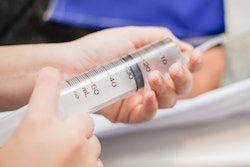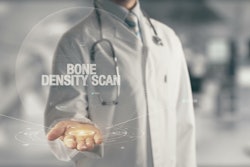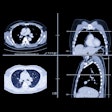More in Home
Brain MRI tracks risk of stage IV breast cancer metastases
January 24, 2025
Experts call for CPT codes for imaging AI reimbursement
January 24, 2025
What brain mechanisms drive depression in older adults?
January 23, 2025
Deep learning helps find, segment lung tumors on CT imaging
January 22, 2025
EVT promising in patients with extracranial ICA occlusions
January 21, 2025
CEUS resolves indeterminate CT, MRI liver observations
January 21, 2025
PET/CT can rule out CAV in heart transplant patients
January 17, 2025
















